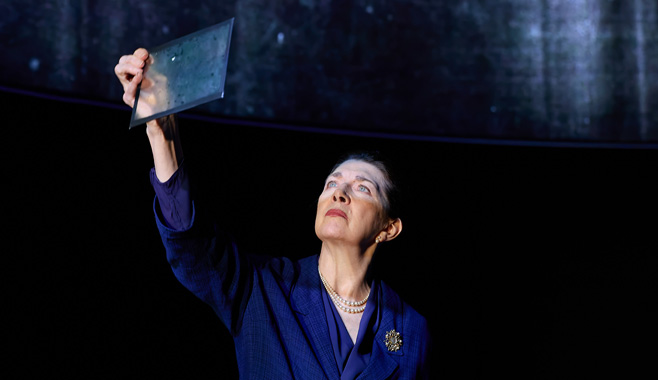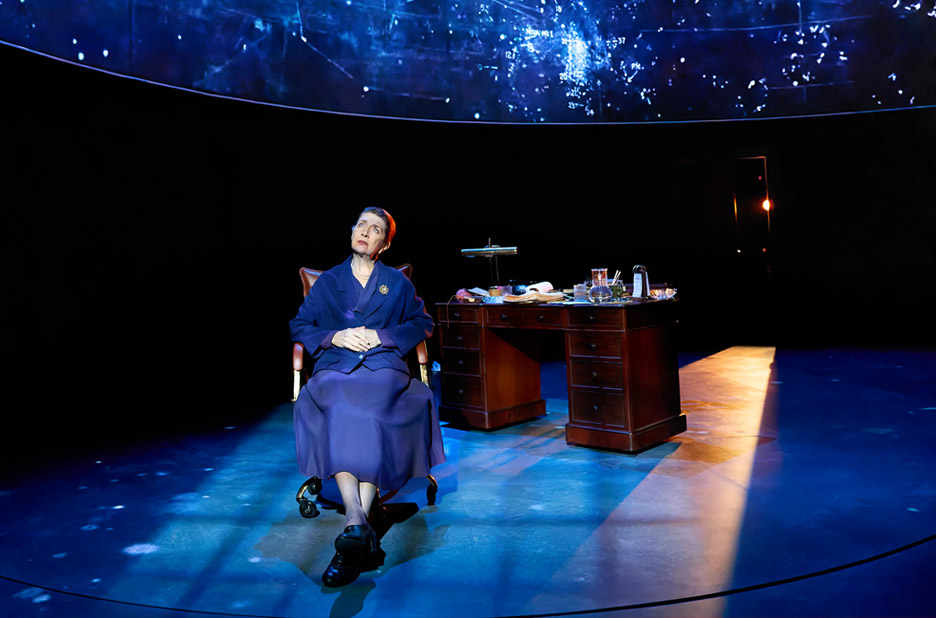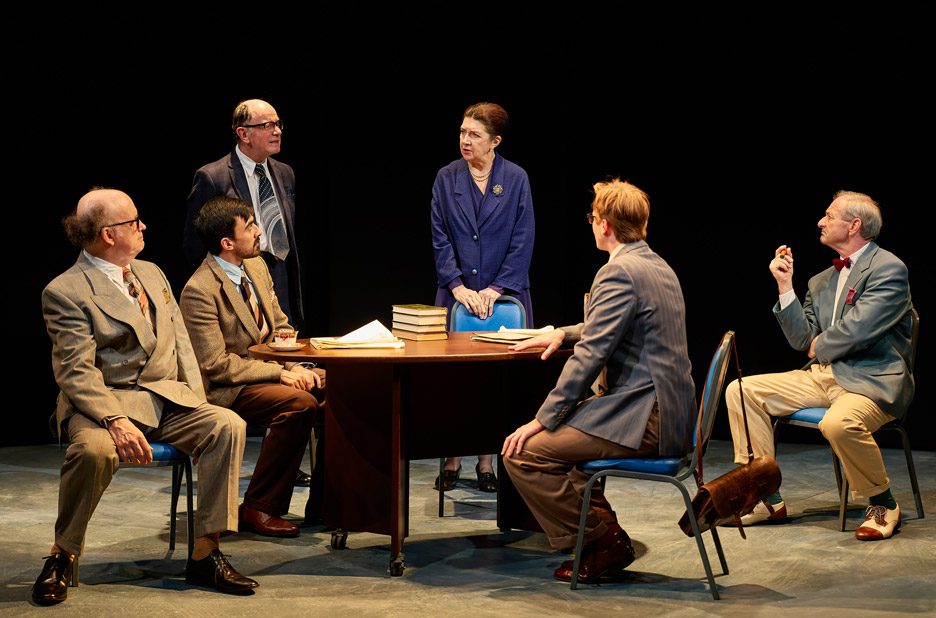Theatre
The lightest element
Hampstead Theatre, London
4/5
Brightness of stars
Stella Feehily’s sensitive play brings to life the brilliant and extraordinary achievements of Cecilia Payne-Gaposchkin, one of the most eminent astronomers of her time. And what a time it was: women were not as yet allowed to complete PhDs at Cambridge University, or hold professorships at Harvard, or be taken seriously as scientists.


Born in England in 1900, and having completed her degree at Cambridge, Payne-Gaposchkin had to move to the United States in 1923 to be able to pursue post-graduate study and was the first person to earn a PhD in astronomy from Radcliffe College of Harvard University in 1925. Furthermore she made a remarkable discovery that stars were mainly made of hydrogen and helium which contradicted the scientific consensus at the time. She presented these conclusions in her thesis, only to be rejected by the famous astronomer Henry Norris Russell who succeeded in claiming this discovery as his own a few years later when he managed to catch up with her thinking.
Payne-Gaposchkin commented on Russell’s initial rejection of her work in her autobiography: “I was to blame for not having pressed my point. I had given in to Authority when I believed I was right. That is another example of How Not To Do Research. I note it here as a warning to the young. If you are sure of your facts, you should defend your position.”

The lightest element from the title is hydrogen, but it also refers to the way Payne-Gaposchkin was treated by male colleagues. Without the support of Harlow Shapley, the Director of the Harvard College Observatory, and Donald Menzel who succeeded him, she may not have managed to eventually achieve the recognition that she was due. It was only in 1956, after more than 30 years at Harvard, that she was appointed a full professor and became the first woman to hold this position at Harvard.
The play, deftly directed by Alice Hamilton, mainly concentrates on the time in 1956 when Payne-Gaposchkin, played by the excellent Maureen Beattie, was finally at the cusp of achieving recognition and was in the running to become chairman of the astronomy department at Harvard. Payne-Gaposchkin’s presence is portrayed as confident, rational, no-nonsense, ambitious, resilient, slightly matronly but witty, and more than capable of holding her own in the overwhelmingly male-dominated world of astronomy. In her plight for respect the viewer can easily recognise the situation of many contemporary women.
It is the two other female characters in the play that allow us access to the private persona of the professor. The first is another brilliant mind, Payne-Gaposchkin’s assistant, played by Rina Mahoney, who is highly respectful and protective of her Mrs G. The other is a young woman writing for the student newspaper played by Annie Kingsnorth. She wants to write a profile of Payne-Gaposchkin, but is manipulated by her boyfriend to stitch up the professor as a communist, which would adversely affect her chances of being elected chairman.

The culmination of the play, the meeting at which the appointment of the chairman is decided by a group of male astronomy professors, is a spectacle of cringeworthy misogyny. Of its time, but also of our time, it would not be out of place in any boardroom today. The men bring up every known cliché as an argument why a woman should not be appointed to the role. Even the ‘man’ in the chairman is maliciously pointed out as proof that obviously only a man could hold this position. (At the very least in those days they didn’t use the awful expression ‘chairperson’.) Payne-Gaposchkin gate-crashes the meeting and presents her credentials calmly and sensibly, reassuring the old men that she would not seek to replace them. In the end, pressed by the current chairman and having insulted Payne-Gaposchkin as thoroughly as possible, they concede to the appointment out of sheer laziness.
In an ironic turn of events, Payne-Gaposchkin was awarded the Henry Norris Russell Prize from the American Astronomical Society in 1976 for a lifetime of excellence in astronomic research. This is the same Henry Norris Russell who rejected her groundbreaking discovery years back. Her acceptance speech in which she discusses the excitement of scientific work and acknowledges other women astronomers opens and closes the play.
It is difficult creating dramatic material from the dry and serious back-stabbing world of science and academia and a woman’s quest to find her rightful place within it. Nevertheless Stella Feehily’s play humbly succeeds in bringing to light an interesting trailblazing figure of the past.